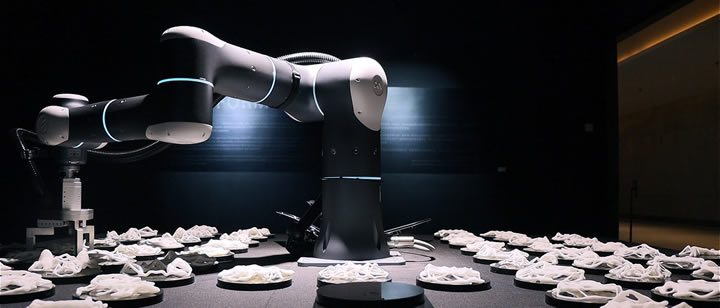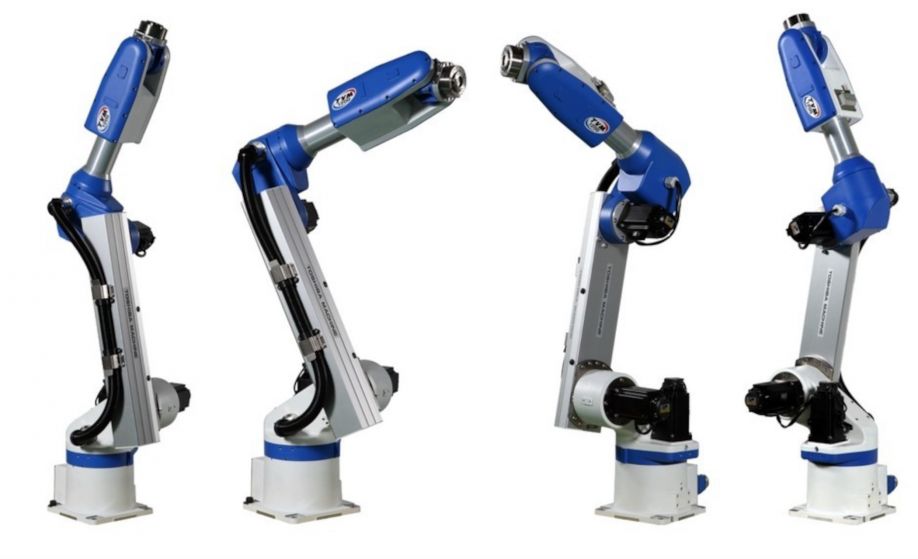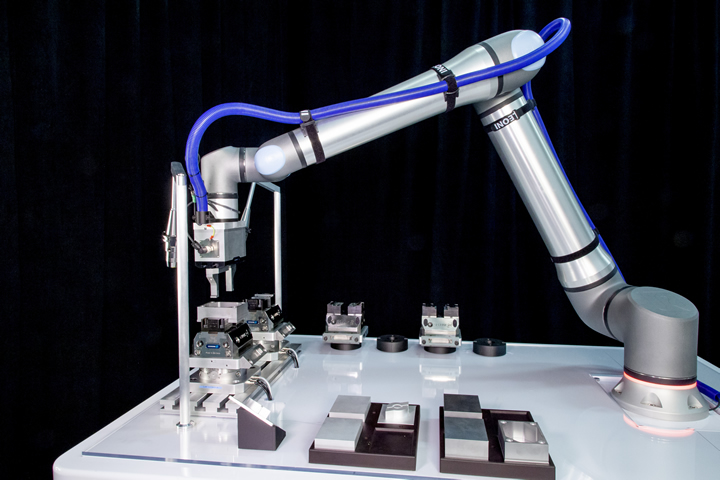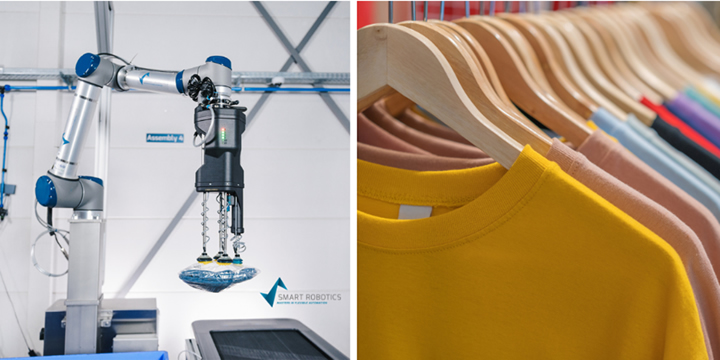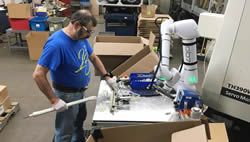The future of manufacturing: How cobots can combine with robot offline programming and 3D simulation
How Small Manufacturers are Building a Business Case for Robotics
Why Letting the Machines Do the Tending Will Open the Door to the Next Industrial Revolution
Utilizing Cobots to Manage Labor Shortages
Maximizing the Value of Collaborative Robots
World's most remote robot automates Amazon reforestation project
Welcome to the Age of the Cobot
Machine Shop Robots Get Real
FORVIA
Universal Robots Predicts 2023 Automation Trends Helping Manufacturers Meet New-Year Goals
Flexiv's Rizon Robot Used in Avant-Garde Art Installation
6-axis robots for injection molding open possibilities for manufacturers
Universal Robots' New UR20 Collaborative Robot Makes U.S. Debut at IMTS 2022, Expanding Cobot Automation in Machining Industry
Smart Robotics announces the launch of their latest design in Warehouse Automation - the Smart Fashion Picker
Automating Labor Dependent Tasks in High Mix/Low Volume Production
Records 16 to 30 of 100
First | Previous | Next | Last
Featured Product

Harmonic Drive - Coming Soon! Integrated Actuators with EtherCAT
Robotics and Automation - Featured Company


.jpg)
.jpg)
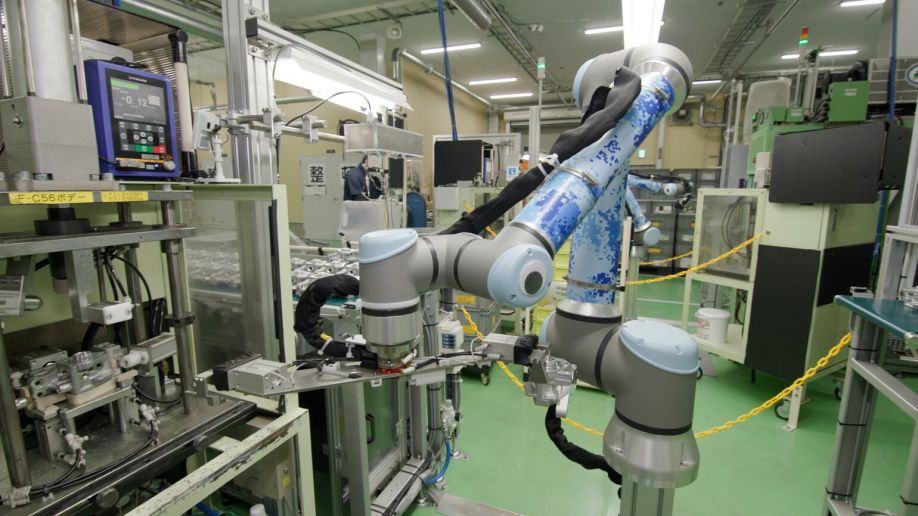
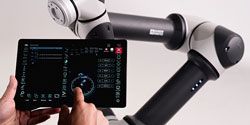
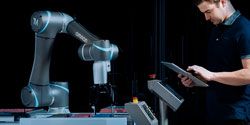
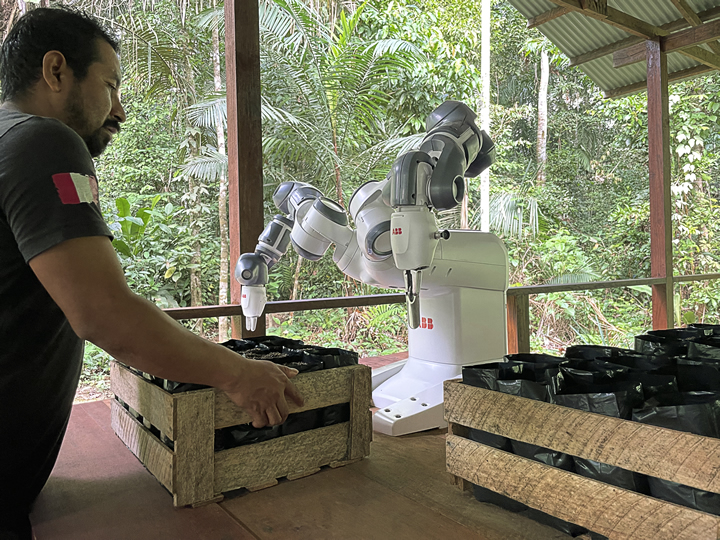
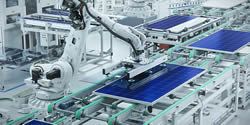
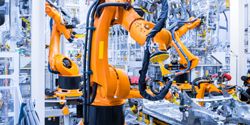
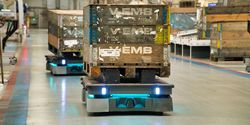
.jpg)
